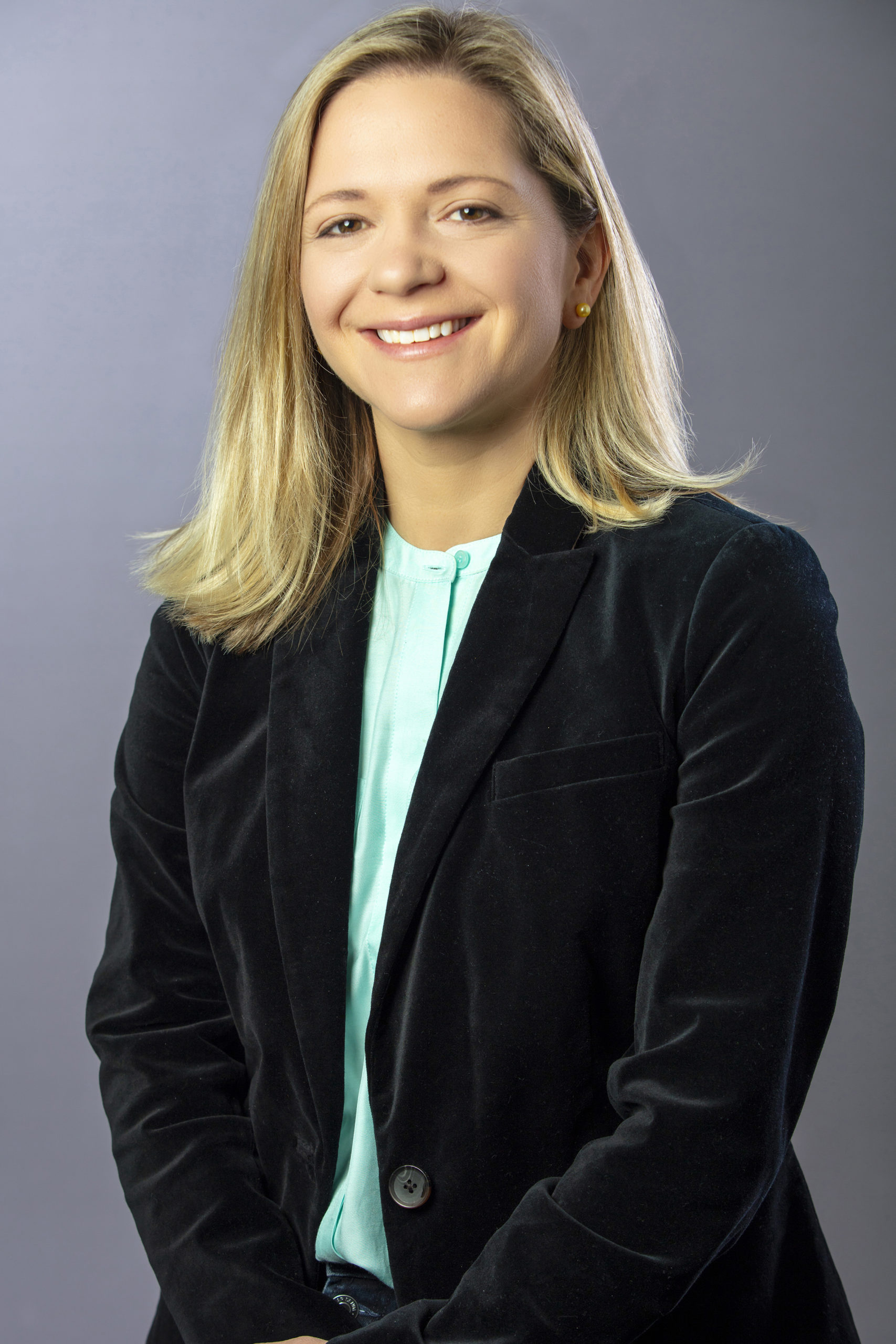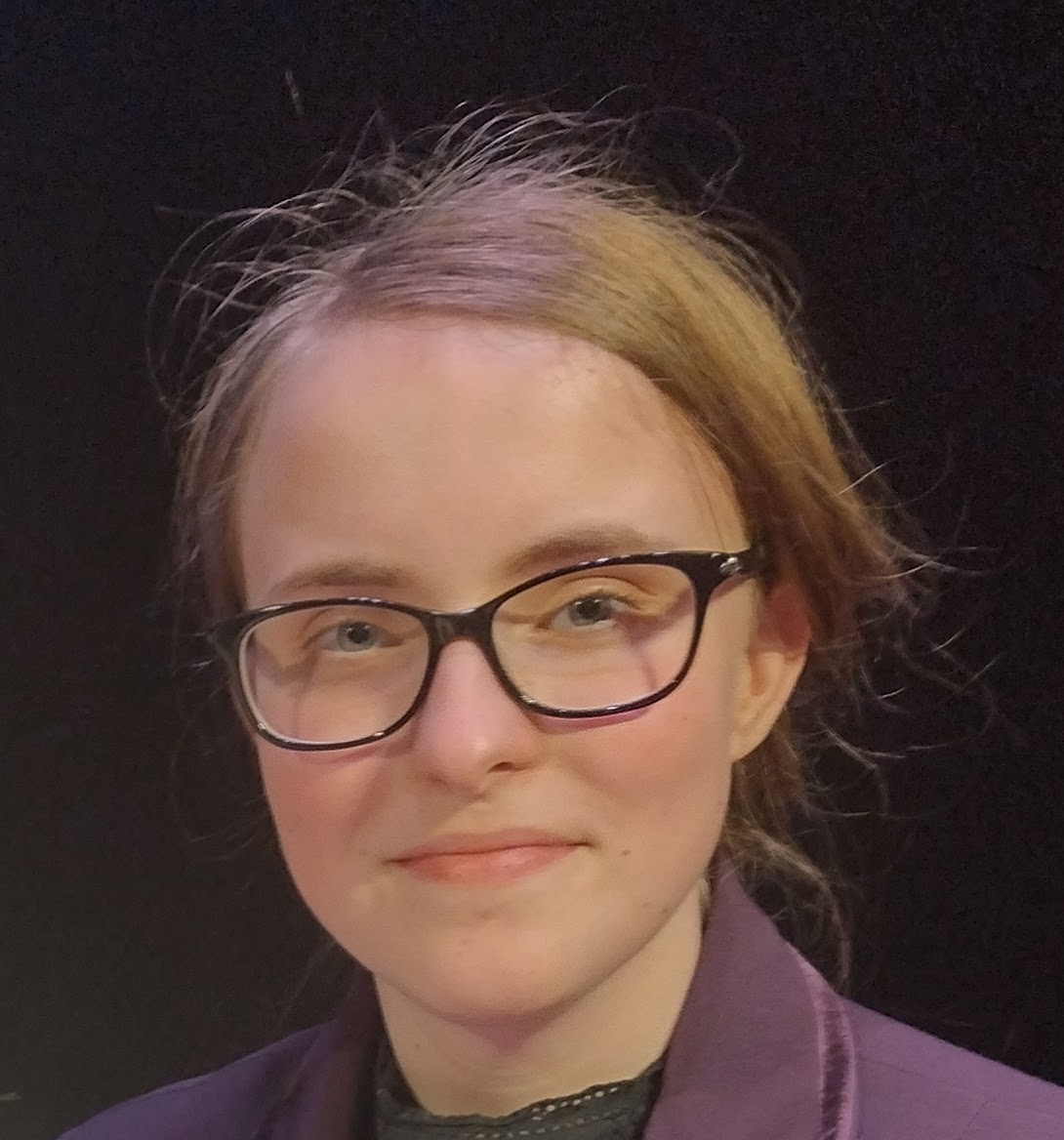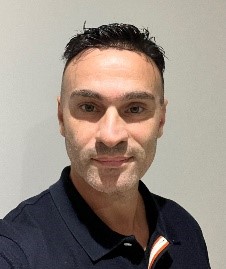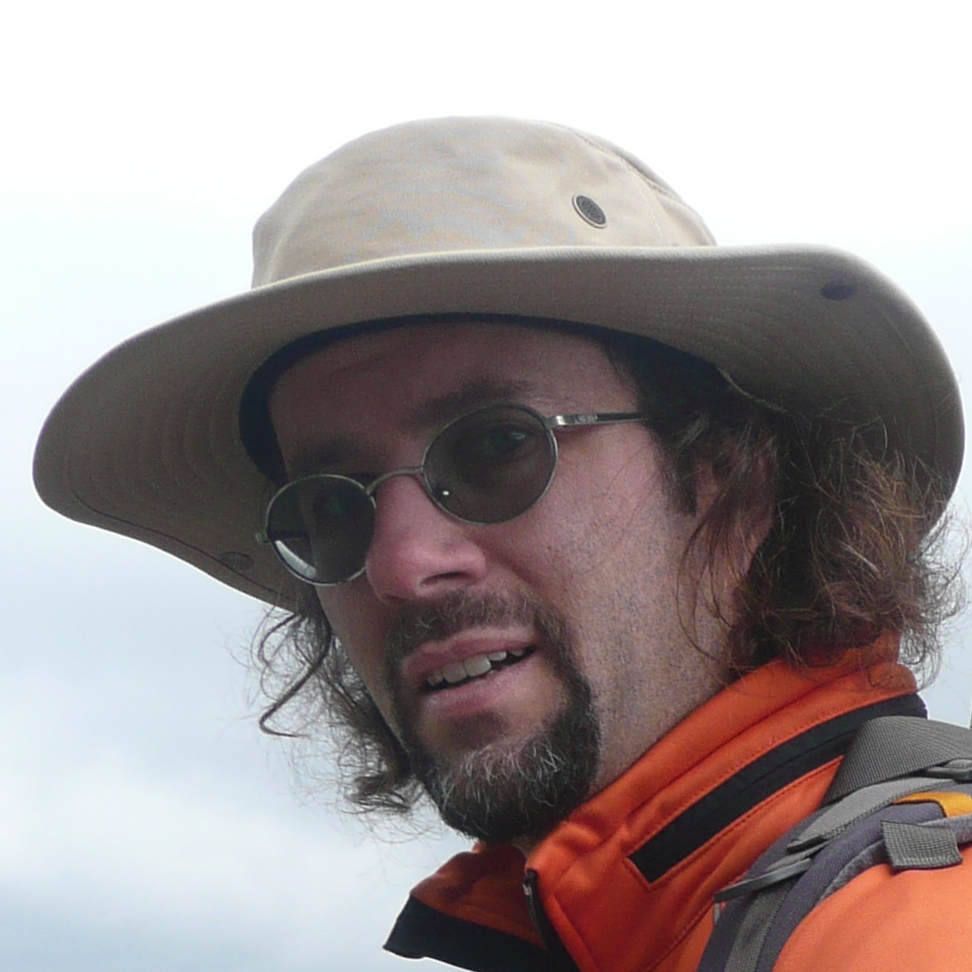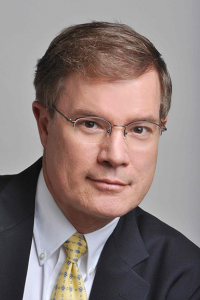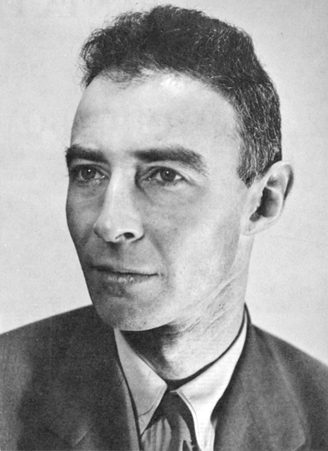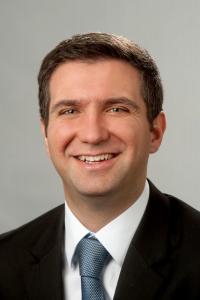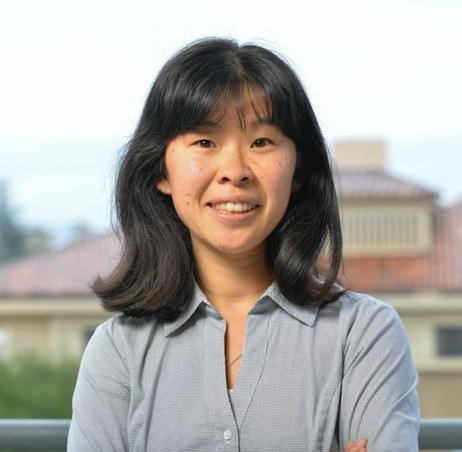Design of the first fusion laboratory experiment to achieve target gain
1174 Etcheverry HallDr. Andrea (Annie) Kritcher Team lead in the Inertial Confinement Fusion program and Group leader in Design Physics The inertial fusion community have been working towards ignition for decades, since the idea of inertial confinement fusion (ICF) was first proposed by Nuckolls, et al., in 1972. On August 8, 2021 and Dec 5th 2022,the Lawson …

